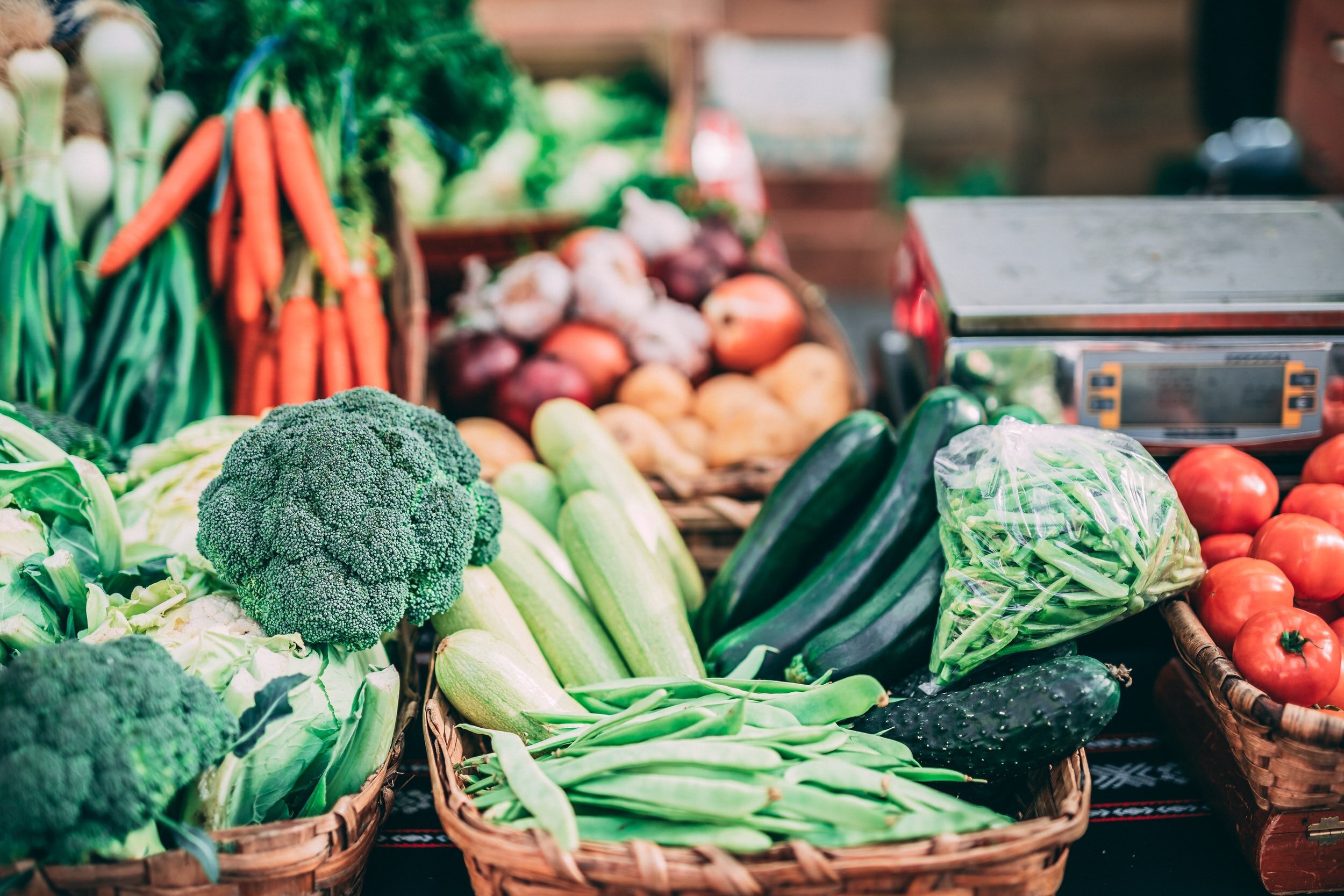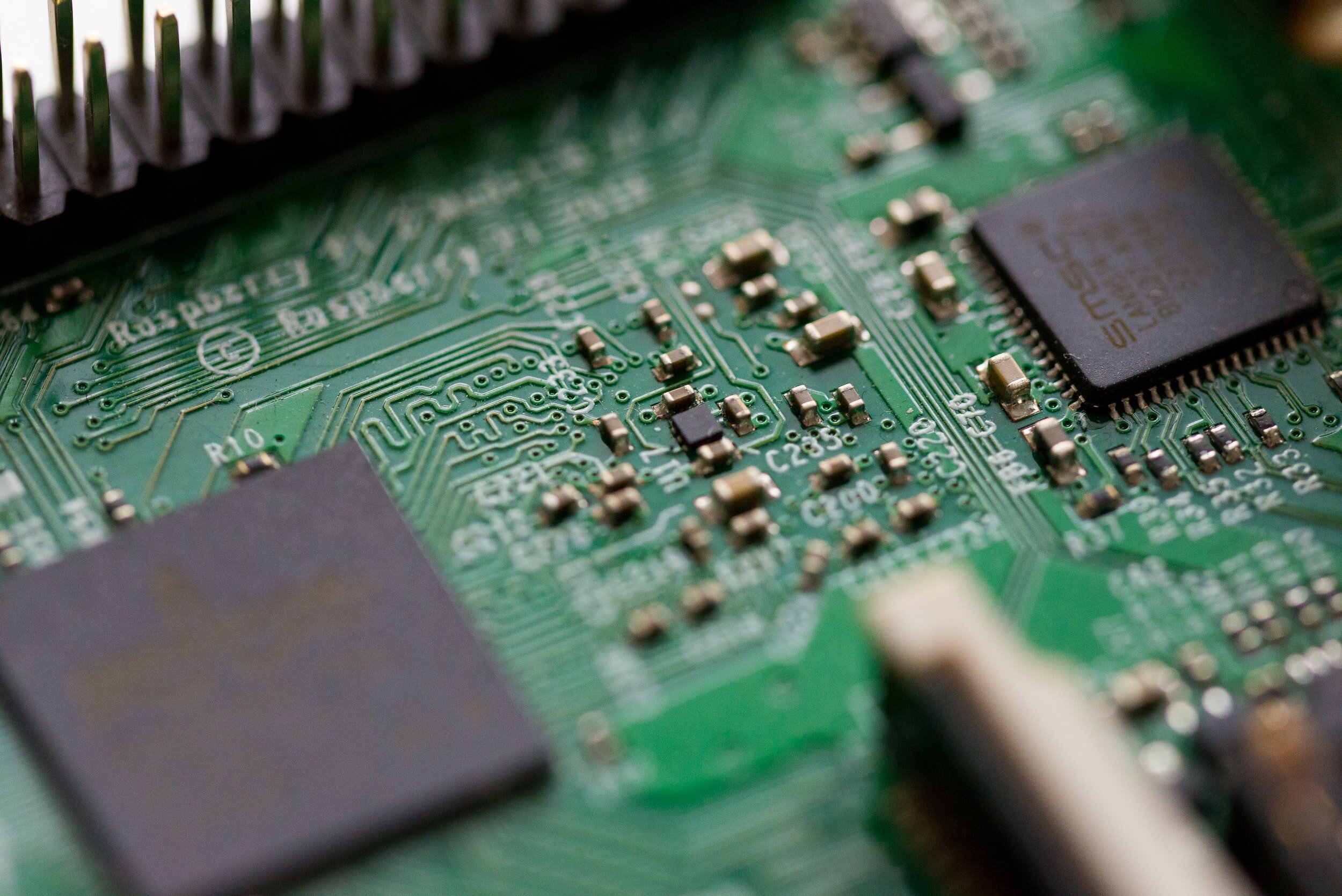Pollution in Hiding: Microplastics in Lake Ontario
Types of Microplastics
Microplastics found on a Lake Ontario beach.
Of the many issues caused by litter and poor waste management, microplastics may be the most inconspicuous. Public awareness of microplastics has increased a lot over recent years with more media coverage, but it has been an ever-accumulating issue. And while many people are aware of microplastics in our oceans, many people don’t realize that we can also find microplastics closer to home, in our lakes and rivers.
Microplastics are small plastic pieces that can be up to 5mm long. However, that is at the large end of the spectrum as they are often so small that they are invisible to the human eye. Littered plastic does not break down the same way organic matter does; decomposing and undergoing a chemical transformation to become soil. Instead, plastic breaks down from bigger pieces to smaller pieces, and eventually, disintegrates into microplastics.
Microplastics can end up in Lake Ontario in a variety of ways. They can be a result of direct littering and escaped waste (like plastic bags that get blown out of landfills), or can enter the lake through wastewater systems. Most sewage treatment for wastewater in Ontario does not remove microplastics.
Not only are there many sources of microplastics, but they also come in many forms. It is commonly accepted that there are five types of microplastics: nurdles, microbeads, microfibres, plastic fragments, and foam.
Nurdles
In all our years of doing cleanups, A Greener Future has found thousands of nurdles along the shores of Lake Ontario. Nurdles are small plastic pellets - about the size of a lentil - that are melted down by manufacturers to produce new plastic products. How nurdles end up in Lake Ontario is something of a mystery. In some way or another, these nurdles are spilling and making their way through bodies of water into the Great Lakes and out into the Ocean.
One known example of this happened in 2008 when a train derailed and spilled countless nurdles into Lake Superior. Despite clean-up efforts, nurdles still remain near the spill site more than 10 years later. Other nurdles may have been carried off towards different areas of Lake Superior or may have travelled through to the other Great Lakes.
1,141 nurdles found by A Greener Future on the shores of Lake Ontario.
Microbeads
Microbeads are another type of microplastic that can be found in Lake Ontario. Microbeads come from things like exfoliating hand soaps, face scrubs, and toothpaste, which are expelled into water bodies after going through water treatment systems.
A 2014 study done by the Ministry of Environment and Climate Change, found that microbeads made up 14% of the microplastics found in samples at survey sites along Lake Erie and Lake Ontario.
Fortunately, in 2016 the federal government listed microbeads as a toxic substance, and in 2019, all products containing microbeads were officially banned in Canada.
Microbeads were commonly found in soaps, facial cleansers and toothpastes until being banned in Canada in 2019.
Microfibres
Microfibres are a lesser-known microplastic. They are synthetic fibres originating from clothing that come off during the washing process. Though many people have never heard of microfibres, they pollute our water more than any other microplastic.
A study conducted in 2019 found that for every kilogram of synthetic clothing washed, 124-308 milligrams of microfibres were released out of the washing machine during the process. This equals 640 thousand to 1.5 million individual microfibres being released, depending on varying factors and also can result in one gram of fibres being released from a 5 kg load, about the weight of a paperclip.
Within the Great Lakes, fibres account for 71% of all microplastic pollution. This is due in large to wastewater and the above scenario, but also from things like cigarette butts, which have synthetic fibres in their filters.
At our cleanups, we find cigarette butts more than any other litter item. To date, A Greener Future has picked up more than 1.5 million cigarette butts. Many people who litter them don’t realize that cigarette filters are made up of approximately 12,000 plastic fibres. When cigarette butts are littered on the ground they make their way through sewer systems and out into Lake Ontario, where they gradually shed their microfibres.
Properly disposing of cigarette butts is key to reducing microfibre pollution. It is also recommended that, if possible, you purchase clothing made of natural materials instead of ones made of synthetic fibres. Fortunately, there are also different filters available for purchase that can reduce the amount of microfibres emitted by a washing machine.
Microfibres are released from clothing made from synthetic materials during the washing process.
Plastic Fragments
As we know, plastic doesn’t decompose, it breaks down. When plastic is exposed to the elements, like water, wind and UV rays, it becomes brittle and breaks down into smaller and smaller pieces over the course of decades or centuries.
Every year, A Greener Future does 100 cleanups along the shores of Lake Ontario, and it is not uncommon for us to come across beaches completely littered with plastic fragments.
These fragments come from larger plastic items, including, but not limited to, plastic bottles, bottle caps, and beach toys. The best way to reduce plastic fragments is to reduce the amount of plastic you use in the first place. This can be done by opting for package-free grocery items, refusing single-use plastic, and properly disposing of any waste you create.
Colourful plastic pieces and fragments picked up from a Lake Ontario beach.
Polystyrene/Foam
When our volunteers come out to our litter cleanups, they expect to see things like food wrappers and plastic bottles, but they are often surprised to find the beach covered in small bits of polystyrene (otherwise known as “foam”).
How does foam end up on a beach in the first place? That is another mystery. Some of it certainly comes from single-use foam items like “disposable” cups, plates and takeout containers. However, we find a wide array of foam pieces. Some are thick white chunks, some are blue, some are pink, and some are yellow. We believe some of the foam may come from docks in the area that have been beaten down by the lake, but other foam pieces seem to come from insulation from construction debris.
Wherever it’s coming from, one thing we know for sure is that when foam enters the natural environment it is extremely difficult to clean up. It is fragile and lightweight, so it easily breaks down into small pieces which float on the water and end up on our shorelines.
Foam found washed up on a beach in Grimsby, Ontario.
Regardless of origin, microplastics everywhere have negative effects on the environment. In both freshwater and marine ecosystems, they are consumed at many levels of the food chain and can accumulate in the bodies of wildlife. Microplastics specifically can collect in the gills or digestive systems of fish which decrease their ability to breathe and nourish themselves. Wildlife have also been known to mistake larger microplastic pieces, like nurdles and microbeads, for food.
Microplastics also absorb toxins and chemicals and can carry them throughout the environment. This means that if an animal ingests a microplastic, or if a microfibre ends up in the gills of a fish, not only are they going to be impacted by having plastic in their body, but they’re also going to have added toxins in their body as well.
Even though microplastics are small, they are a big and tricky problem to solve. Fortunately, there are both, technological solutions and things we can do in our day-to-day life, to combat them. By using our purchasing power, we can reduce the amount of microplastics we are responsible for introducing into our lakes and rivers by buying clothes made from natural fibres and minimizing/eliminating single-use plastic in our day-to-day lives. Microplastics are (ironically!) a pretty big problem with no single end-all solution, but by addressing them on multiple fronts as individuals, we can make a large collective difference.






















Program Assistant, A Greener Future